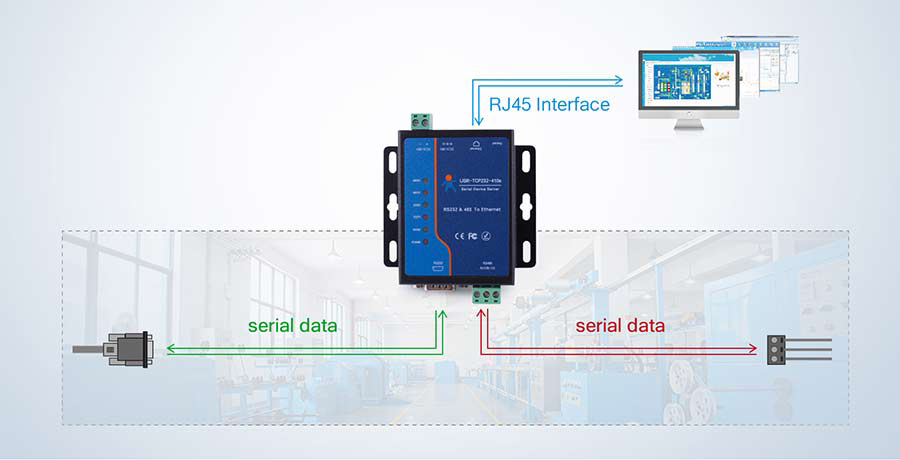10 million pcs daily
Intelligent MES

● RS232: An interface for exchanging serial binary data between two devices.
● RS485: An interface used to exchange serial binary data between serial devices. Compared with RS232, it supports multi-point two-way communication and supports multiple terminal devices linked to the same serial port during communication.
● RS422: An interface for exchanging serial binary data between serial devices. Compared with RS232, RS422 provides faster transmission rate and longer transmission distance. (The maximum transmission rate decreases as the cable length increases. The transmission rate is about 10 Mbit/s at 12 meters and drops to 90 kbit/s at 1200 meters).RS485 expands the interface application of RS422.
● TTL: TTL is a serial port form of serial port to Ethernet, and the above three are serial port forms of device side.
X.21: An interface for the exchange of signals between data terminal equipment (DTE), such as a user's computer, and digitized data circuit-terminating equipment (DCE).
● V.24: An interface supporting both synchronous and asynchronous transfer modes. When operating in asynchronous mode, the V.24 interface functions like an RS-232 interface.
V.35 is a universal terminal interface standardized by ITU-T for telephone network transmission. The interface began as a modem interface standard that used the bandwidth of multiple 60-108 kHz basic telephone circuits as a group to transmit synchronous data at a rate of 48 kbit/s. Currently, V.35 is used primarily for the Nx64 kbit/s data interface and has been replaced by the V.36 interface.However, the V.36 interface is still referred to as the V.35 interface.
It is simpler and more reliable to use the serial port to connect the computer with the serial port device. When using the serial port, networking can be realized without installing a network card and setting an IP address.
The use of Serial port to Ethernet server not only has stable transmission, but also reduces the cost of network construction, does not require a dedicated line, and can run multiple serial devices on a single network port on the computer.

